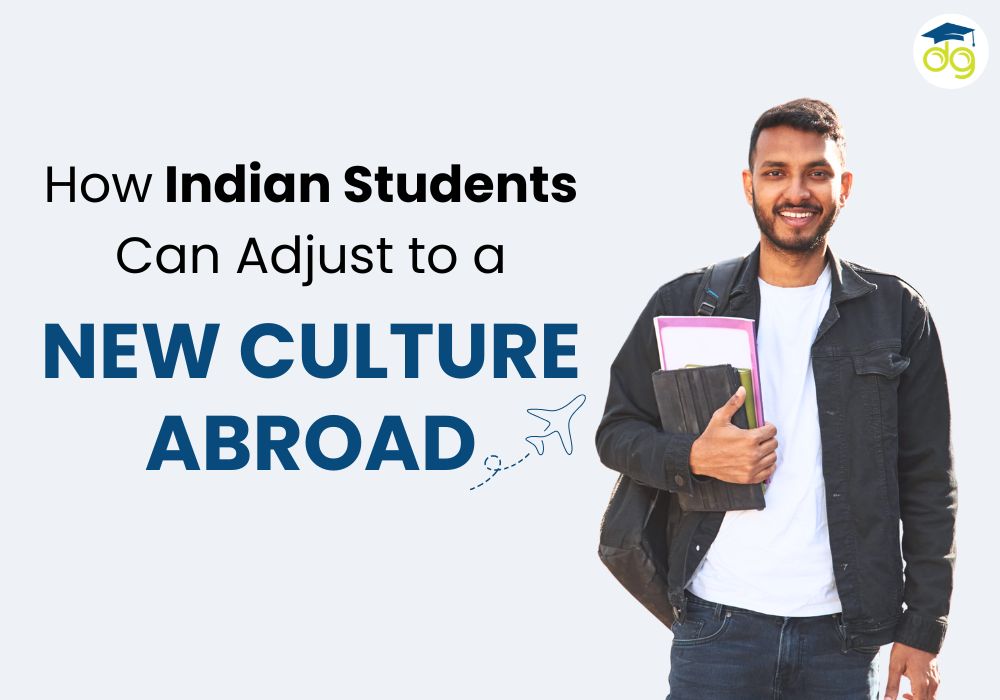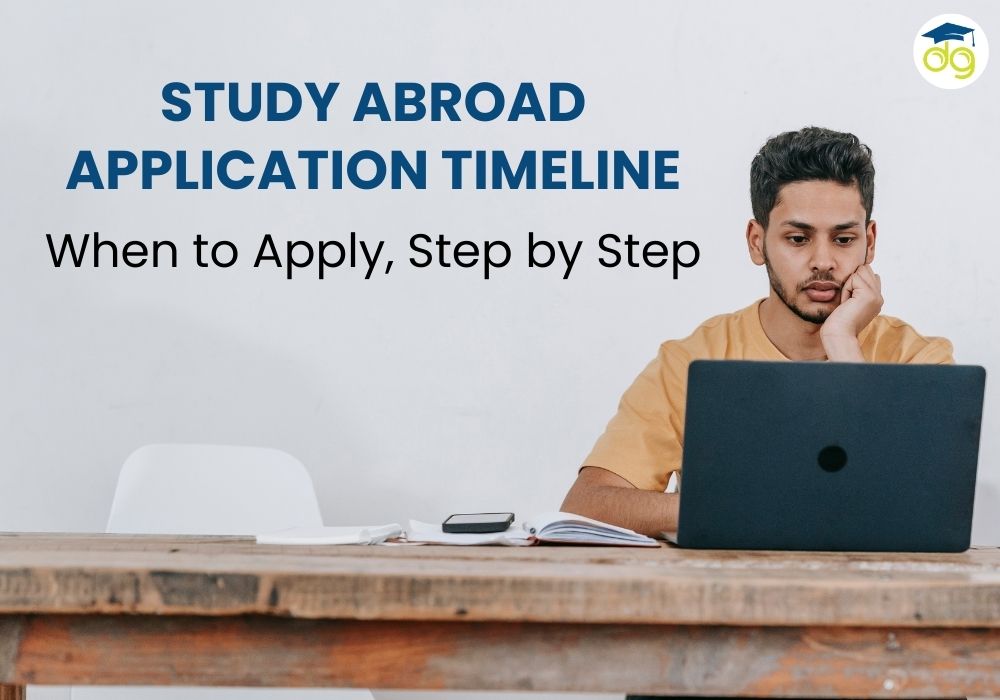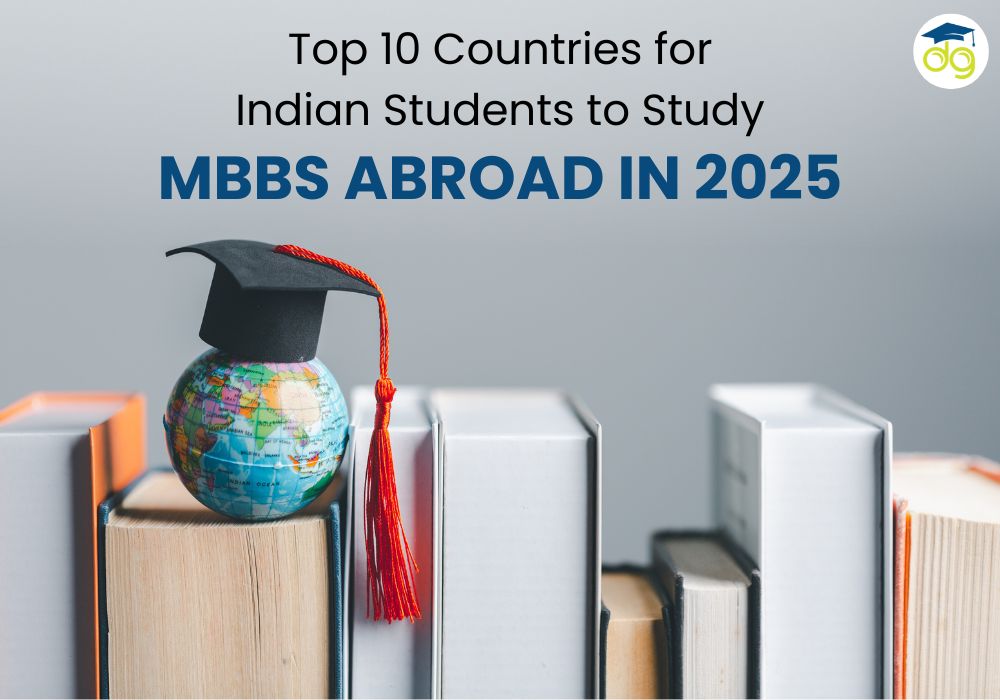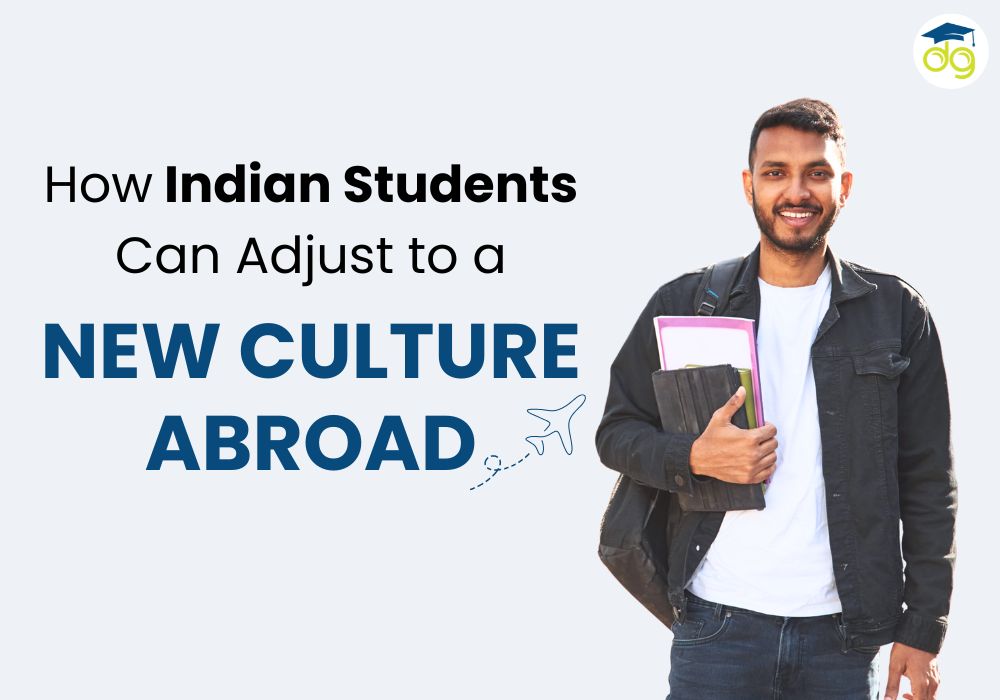How Indian Students Can Adjust to a New Culture Abroad
Your guide to thriving academically, socially, and personally overseas
For lakhs of Indian students, foreign education is not merely an academic pursuit—it's a life-changing adventure. Lakhs of students annually apply for a Student Visa to study higher education in nations such as Canada, Australia, Germany, the UK, and New Zealand. India's Ministry of External Affairs has over 1.3 million Indian students studying abroad, whose count increases with every passing year.
But even when gaining admission and a visa is the big issue, the actual task starts once students arrive at a foreign country. And now everything seems different—language, food, learning setting, social norms, and even how things function on a daily basis. It might be daunting to culturally adjust.
The reverse is that it not only can be done but also is incredibly satisfying to adapt to another culture. Indian students are able to flourish with some planning ahead, a mind open to new things, and good support mechanisms in place, while leveraging their international education experience to the best extent. Platforms like Skoodos Bridge also help students prepare better even before they leave, making the journey of cultural adjustment smoother.
In this blog, we’ll walk through a step-by-step journey of cultural adjustment, explore practical strategies, compare experiences across different countries, and see how platforms like Skoodos Bridge empower students in preparing for this transition by connecting them to the best coaching institutes.
Step 1: Familiarizing with the Cultural Adjustment
The "Cultural Shock" Curve
Psychologists tend to outline cultural adjustment in phases:
- Honeymoon Phase – Everything is new and wonderful.
- Frustration Phase – Language, school pressure, or food differences all start to get to students.
- Adjustment Phase – Students learn coping mechanisms slowly.
- Acceptance Phase – New culture is home-away-from-home.
Observing these phases allows students to realize that discomfort is temporary and normal.
Step 2: Academically Adapting
One of the earliest things Indian students realise abroad is the academic environment.
- In Canada, Research and critical thinking are emphasised by the institutes. The professors look for active involvement in seminars.
- In the UK, Independent study is central. There are fewer lectures but more project work and reading.
- In Germany, Precision of technical tasks and self-study are favored. Attendance at regular classes may or may not be mandatory, but performance on final exams is considered.
- In Australia and New Zealand, the learning style is interactive, encouraging teamwork, free discussion, and learning by application.
Comparative Table: Academic Culture Differences
Country | Class Participation | Assignments & Project | Exam Weightage | Teaching Style |
| Canada | High | Frequent group work | Moderate | Research-oriented |
| UK | Moderate | Independent essays | High | Self-study heavy |
| Germany | Low (formal) | Limited, technical | Very High | Lecture + Practical |
| Australia | High | Group projects, labs | Balanced | Interactive |
| New Zealand | High | Practical applications | Balanced | Student-focused |
Indian students used to rote-learning may find these methods different, but adapting quickly is crucial for academic success.
Step 3: Adapting to Social Living
Constructing Friendships Overseas
- In Western countries like Canada, the UK, and Germany, frankness and respect for personal space are greatly appreciated by students.
- Australian and New Zealand cultures are relaxed and warm, and are influenced greatly by informal talk and humour.
Participation in student clubs, volunteering, and cultural fests helps in the development of networks.
Language Adjustments
Even though most speak English, accents are quite different. For example:
- Canadian and American English differ in pronunciation and slang.
- British English may have formal sentences that are unknown to Indian students.
- Normal life in Germany at times demands minimal German even with English classes.
Step 4: Food, Festivals, and Lifestyle
The largest cultural adjustment is food. Indian students long for home food.
- Canada and the UK: Indian grocery stores are readily available.
- Germany: Indian spices could be costly or unavailable.
- Australia and New Zealand: The Increasing diaspora of Indians means Indian food is available.
Indian festivals such as Diwali and Holi are also celebrated in most universities with student associations, so cultural heritage is maintained while new ones are created.
Step 5: Financial Management
Living overseas also entails learning money management skills.
- Canada Student Visa candidates are required to present evidence of available funds for living expenses (approximately CAD 20,635 per annum based on 2025 updates).
- UK Student Visa recipients need to present funding for living and studying (approximately £12,006 per annum in London).
- A German Student Visa requires a blocked account of approximately €11,208 for 12 months of living expenses.
- An Australian Student Visa requires AUD 24,505 annually.
- A New Zealand Student Visa requires NZD 20,000 annually for day-to-day expenditure.
This financial preparedness saves the students stress after arriving in a foreign nation.
Step 6: Health, Safety, and Well-being
Every country offers healthcare support for international students, often covered by mandatory insurance.
- Canada: Provincial health coverage in some provinces, or private insurance.
- UK: NHS access after paying the health surcharge.
- Germany: Public health insurance schemes for students.
- Australia & New Zealand: Compulsory Overseas Student Health Cover (OSHC).
Students must also prioritise mental health. Homesickness is natural, but counselling centres and peer groups provide support.
Category-Wise Adjustment Challenges for Indian Students
Category | Challenges Faced | Coping Strategies |
| Academic | Independent study, new grading systems | Use university workshops, build study groups |
| Social | Language barriers, cultural missteps | Attend clubs, join international student associations |
| Food & Lifestyle | Missing Indian cuisine, climate differences | Learn basic cooking, find local Indian stores |
| Finance | Budgeting in foreign currency | Use student discounts, part-time jobs |
| Health | Navigating insurance and hospitals | Register early, keep emergency numbers handy |
Overseas adjustment is easier when students are better prepared prior to embarking. That is where Skoodos Bridge comes in.
Skoodos Bridge connects students with the top test preparation coaching centers, language centers, and visa counselling. If you want to prepare for IELTS to secure a Canada Student Visa, GRE for Germany, or TOEFL to study in the US, Skoodos Bridge helps find genuine institutes according to your requirements.
Conclusion
To study abroad isn't to learn, it's to be a global citizen. While Indian students try to find their space in another culture, every step—whether academic, social, financial, or personal—towards becoming.
By preparing in advance, asking for help, and accepting differences, students can convert challenges into opportunities. And through portals like Skoodos Bridge, students don't have to go through this transformation by themselves. From assisting with exam preparation to navigating processes for Student Visas, Skoodos Bridge readies Indian students for foreign success.
Adjusting to a new culture is not about losing your identity but about expanding it. If you’re planning your study abroad journey, explore Skoodos Bridge to find the right coaching institute and step into your global future with confidence.
FAQs
Q1. Is cultural shock prevalent among Indian students studying overseas?
Yes, it is typical. The majority of the students experience a settling-in period initially but eventually settle down and prosper.
Q2. How can I make friends overseas easily?
Participate in university clubs, take part in cultural activities, volunteer, and join international student networks.
Q3. What if I fail to acclimatise to foreign countries' cuisine?
It is highly beneficial to acquire some basic cooking skills. Indian shops are found in most countries, and there are sometimes student group arrangements for shared meals.
Q4. Should I learn the local language if I take my English course?
Not at all, but a minimal knowledge of some essential phrases (particularly in Germany) would be helpful.
Q5. Will I manage financially with part-time work?
Yes. Limited part-time work is allowed in most Student Visa categories, which allows students to earn and become familiar with local work attitudes.
Q6. How long does it take to completely adapt overseas?
Average 6–12 months. It depends on the level of individual openness, preparation, and support networks.
Categories
Archives
Similar Posts


Study Abroad Application Timeline: Step-by-Step Guide for Indian Students
by Skoodos Bridge

Why Study MBBS in Russia? Fees, Top Universities & Eligibility 2025
by Skoodos Bridge

SSC CGL Cutoff Trends: 5-Year Analysis & 2025 Expectations
by Skoodos Bridge

MBBS Abroad vs MBBS in India: Complete Comparison for Indian Students
by Skoodos Bridge

Top 10 Countries for Indian Students to Study MBBS Abroad in 2025
by Skoodos Bridge


Balancing Coaching Classes & Self-Study: Smart Tips for Students
by Skoodos Bridge

DSSSB 2025 Teaching Exam: Latest Updates & Prep Strategy
by Skoodos Bridge


Leave a Comment